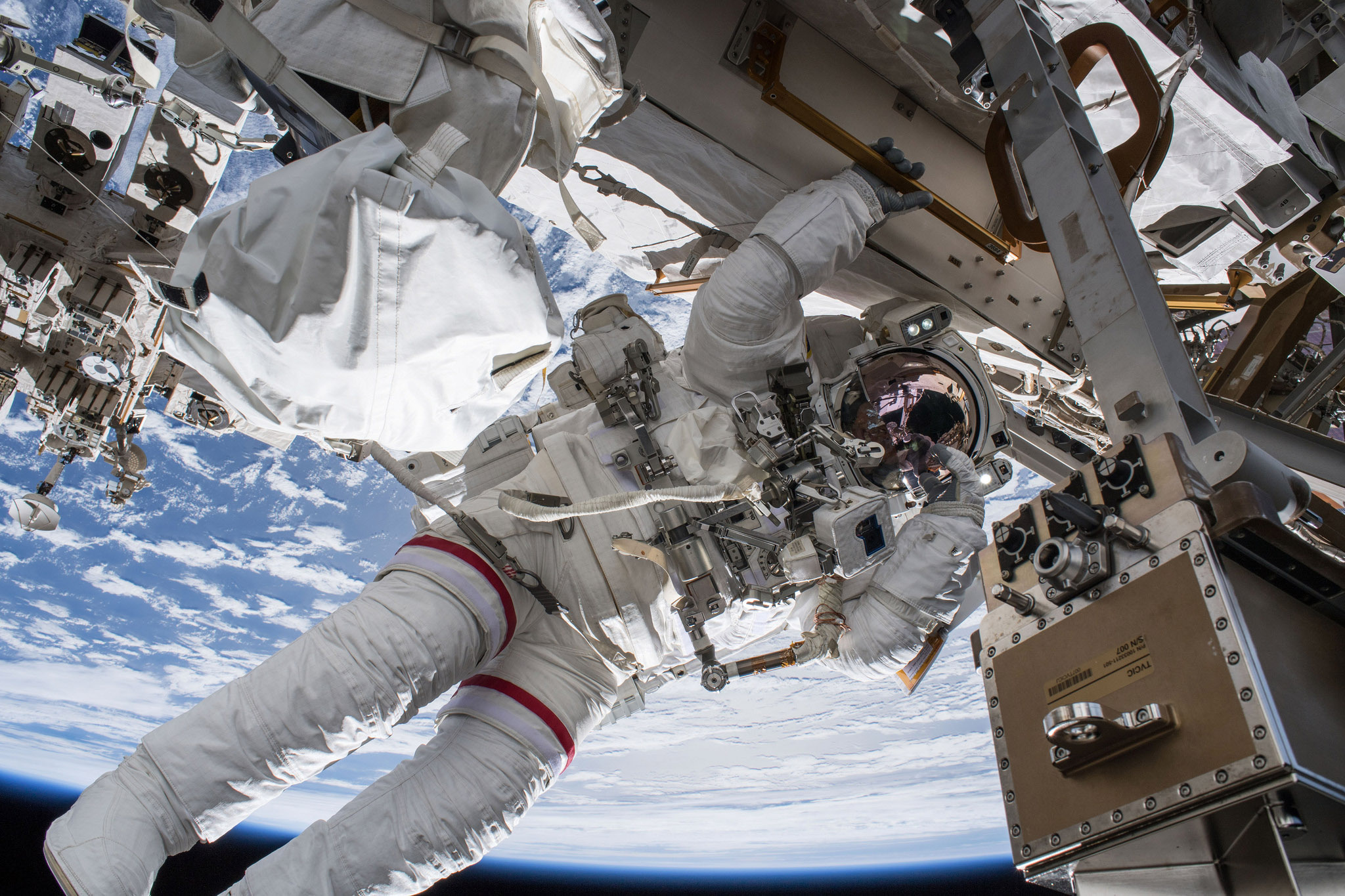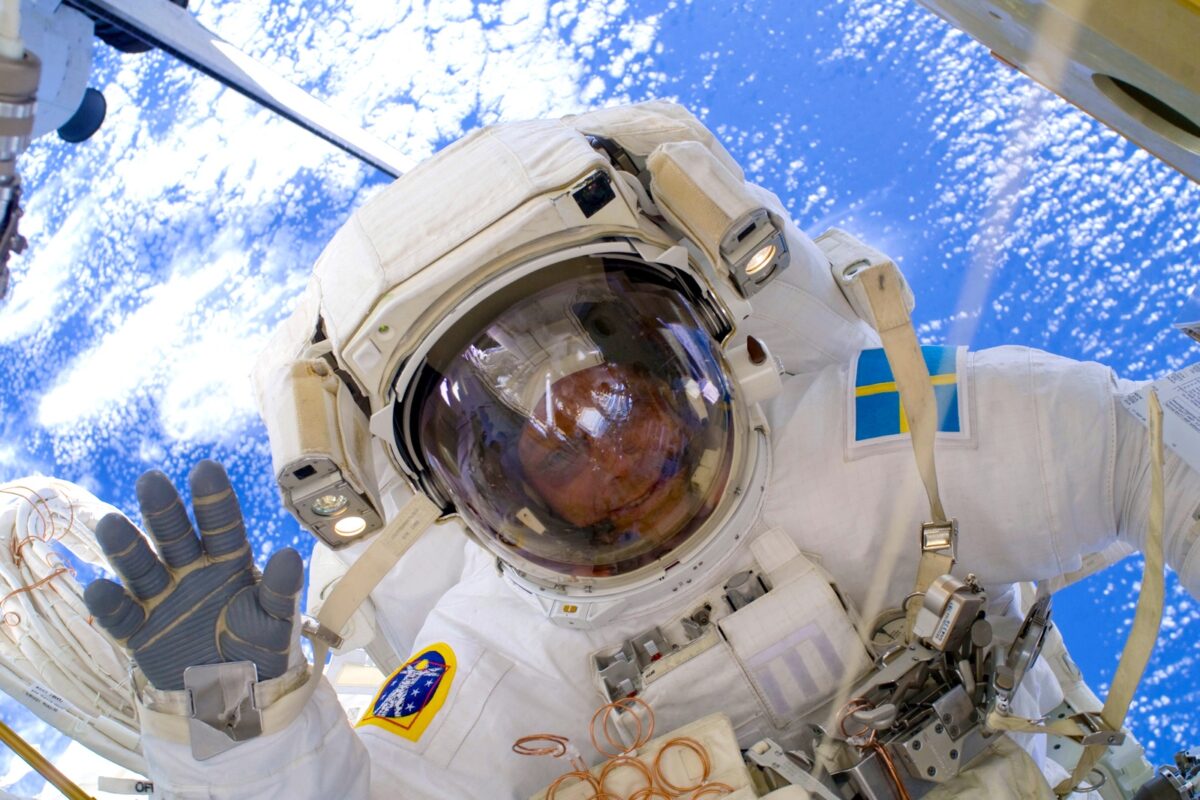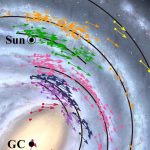Key Takeaways:
- Spacewalks: Essential Operations in Space – Spacewalks, also known as Extravehicular Activities (EVAs), are critical for maintaining and assembling the International Space Station (ISS) in low Earth orbit.
- Training Beneath the Waves: Astronauts prepare for spacewalks in a colossal underwater pool at NASA’s Johnson Space Center, where they learn to work in their bulky spacesuits and practice tasks they’ll perform in space.
- Pressure Preparations: Astronauts must undergo decompression to adapt to the lower pressure inside their spacesuits, avoiding decompression sickness, often referred to as “the bends.”
- The “Michelin Man” Suit: Astronauts wear the Extravehicular Mobility Unit (EMU), a bulky spacesuit that protects them from extreme temperatures, radiation, and space debris.
- Miraculous Space Suits: These suits provide protection while enabling dexterity for delicate tasks, making them a vital piece of machinery for astronauts.
Astronauts aboard the International Space Station (ISS) have the privilege of living and working in the relative safety of an orbiting spacecraft. However, there are moments when they must confront the hostile void of space, relying solely on the thin barrier of their spacesuits. These extraordinary excursions are known as spacewalks, officially termed “extravehicular activities” or EVAs. They are indispensable for assembling and maintaining the ISS, even more than two decades after its launch.
Spacewalks are relatively infrequent compared to other astronaut tasks, due to their cost, time intensity, and inherent danger. Typically, astronauts utilize robotic arms like the Canadarm2 for work in the extreme conditions of space. However, on occasion, specially trained astronauts must venture outside the spacecraft to perform tasks that require human finesse.
Before astronauts embark on a spacewalk, they undergo rigorous training. Their first experience in a space suit is not in space but in a 6-million-gallon pool at NASA’s Johnson Space Center, which houses a submerged replica of the ISS. Here, they spend approximately seven hours in the pool for every hour they will spend in space, mastering tasks they will perform in the real environment while adapting to the restrictive suit.
Spacewalks in the vacuum of space differ significantly from training in Earth’s massive pool. In space, there are no divers to ensure safety, and astronauts move at an astonishing speed of approximately 17,500 mph, experiencing no wind or sensation of speed. This extreme environment demands intense concentration and a tight grip on safety.
Most spacewalks are conducted by pairs of astronauts, with one taking the lead in overseeing the operation’s safety and completion. Preparation for a spacewalk starts days in advance. Astronauts meticulously check their suits and tools, ensuring everything is correctly assembled and tethered. About 24 hours before the spacewalk, they undergo a decompression process to prevent “the bends,” a condition caused by a rapid drop in pressure that leads to nitrogen bubbles forming in the bloodstream.
The Extravehicular Mobility Unit (EMU), often referred to as the “Michelin Man” suit, shields astronauts from solar radiation, extreme temperatures, and space debris. Spacewalks can subject astronauts to temperatures ranging from 250 degrees Fahrenheit in sunlight to minus 250 degrees Fahrenheit in shadow.
Everything, including the astronauts themselves, must be securely tethered during spacewalks. Astronauts primarily use their hands to move about, but they also carry a jet pack named SAFER (Simplified Aid for EVA Rescue) for emergencies.
The spacesuit serves as a miniature spacecraft, offering protection and enabling astronauts to execute precise tasks. It’s designed to be both durable and flexible, allowing astronauts to work comfortably in harsh conditions.
Donning the spacesuit is a 45-minute process, and it consists of three main layers: the oxygen-containing bladder, the structural restraint layer, and the thermal and micrometeoroid protection layer. The suit also includes a Maximum Absorption Garment (MAG), akin to an adult diaper, as spacewalks can last up to nine hours.
Spacewalks usually span about 6.5 hours but can be extended if necessary. During these operations, astronauts perform a range of tasks, with cameras mounted on their helmets capturing every step and headsets maintaining their connection to the spacecraft and Mission Control.
Despite the challenges, spacewalks offer astronauts a unique perspective of Earth from above, an experience that very few individuals on our planet will ever have. For those who’ve embarked on this cosmic journey, the overwhelming beauty of space is beyond words, a testament to the remarkable nature of human exploration.
Author: Science & Astronomy
#1

#2

#3

#4

#5

#6

#7
:no_upscale()/cdn.vox-cdn.com/uploads/chorus_asset/file/3334398/sts104-315-013.0.jpg)
#8

#9
.jpg)


